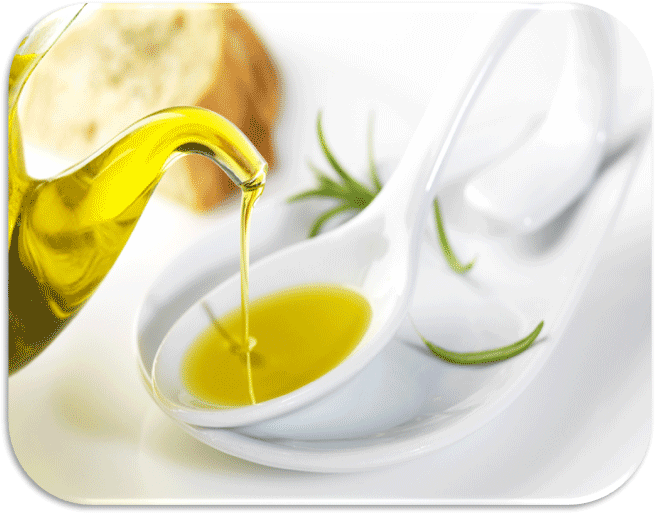Extra Virgin Olive Oil: nutritional parameters and sensory analysis

An extract of the original document…
Nutritional parameters
Oil, with a specific gravity of 0.916 is composed almost exclusively of fats.
It is a source of energy, providing 9 Kcal./g.
It gives us essential fatty acids (those which our bodies cannot metabolize) and is the ideal support for liposoluble vitamins (A;D;E;K). It is a direct and indirect aromatic source for food, it regulates the appetite by imparting a feeling of satiety. In particular, it is the richest oil in terms of antioxidants (vit. E , polyphenols) and fat-soluble vitamins, the richest in oleic acid, the second richest in triglycerides and beta-sitosterol.
It prevents hardening of the arteries and lowers cholesterol and favors cerebral development.
It contains the same ratio of essential fatty acids as breast milk and is the most easily digested oil. It reduces cell ageing and helps prevent gall stones.
It is the oil which degrades least when heated to high temperatures in cooking and frying.
Production
The first factors to consider in the production of good quality oil are related to the environment, that is the climate, the soil and sun exposure. Olives grow only in temperate climes and are unable to withstand harsh weather conditions.
The varietal choice (type of cultivar) is very important, as is the agronomic system (type of plant arrangement, pruning, method of parasite and disease control) since these influence the quality and health of the olives and above all, the final cost of the product.
Inside the olive, a gradual process of “oil formation” takes place whereby oil forms in the microscopic “vacuoles”. When the olives change color, darkening from green to reddish, blue and black, they provide their maximum yield and the best quality of oil. This is the best period for harvesting, when two thirds of the olives are still green and one third has already ripened.
Harvesting can be carried out:
- manually (this entails high costs but provides optimum quality in that the olives are undamaged)
- assisted (nets are placed on the ground and pneumatic “combs” are used either by hand or fitted to hydraulic mechanical arms)
- mechanical shaking of the trunk (with nets on the ground or an inverted umbrella to catch the olives)
After the harvest the olives must be stored in well-ventilated containers (aerated plastic crates with 25-50kg capacity are ideal – burlap or jute sacks are to be avoided) or at any rate, in thin layers with low relative humidity.
The olives must be transported with great care and should be processed as quickly as possible, within one or two days, at most.
Processing can only take place after cleaning which consists or removing any leaves and if necessary, washing the olives.
This is followed by crushing which can be carried out using traditional stone presses or hammers.
The crushed olives must then be “kneaded”, a process which allows the formation of globules of oil which are then easier to separate from the water.
The next procedure is extraction, which can be done using presses, centrifugal force (in 2 or 3 phases) or percolation.
With presses, which are generally used after the olives have been crushed in a traditional stone as opposed to a hammer press, the olive paste (the solid part of the olives) is separated from the oil and water mixture. A centrifuge then finishes this part of the process, separating the oil from the water.
Several centrifugation or percolation methods can be used to extract the oil, separating the pomice (solid residue) from the water content.
The oil thus obtained is somewhat cloudy (oil must) because it contains suspended particles which are gradually decanted, leaving the marc (dregs). In order to avoid having to separate the oil from the marc, some producers prefer to filter it immediately, while others, not wanting to lose any of the original organoleptic characteristics, prefer to undertake the painstaking task of transferring the oil to another container and decanting it after 2-3 months and then again after another 4-6 months.
Whichever method is used, it is vital that the oil is subsequently kept in good storage conditions.
This requires the use of opaque containers that can be properly sealed and ideally stored in an odor-free, controlled-temperature environment, at a constant temperature of 14-15°C.
To be continued…


